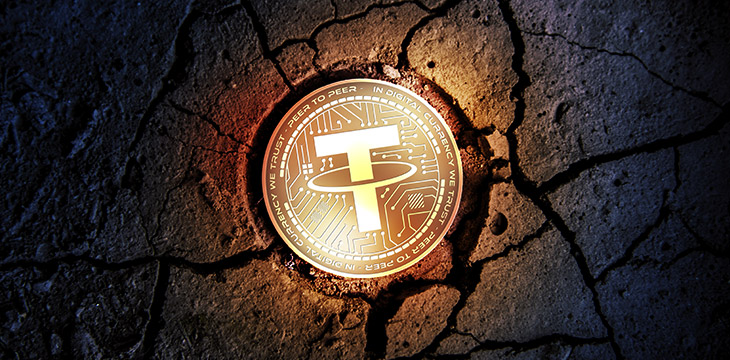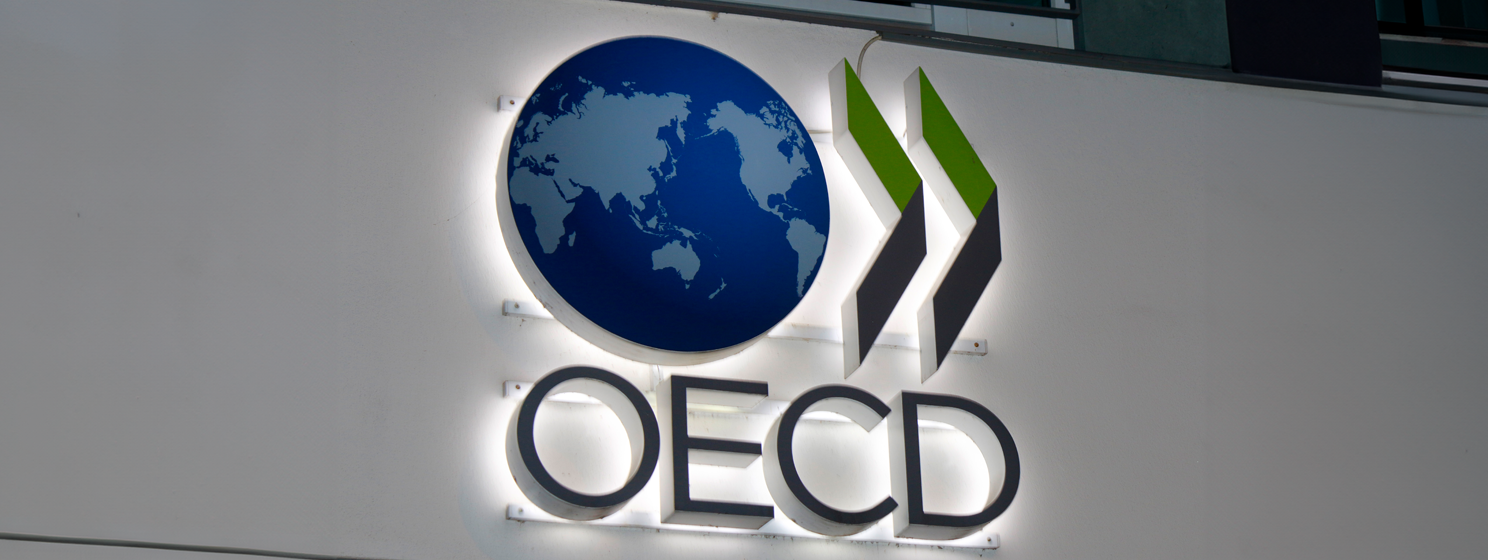|
Getting your Trinity Audio player ready...
|
There have been allegations circulating for more than two years that BTC’s price is directly attributable to movements of Tether’s stablecoin, USDT. The belief has been that Tether is manipulating the markets, and the assertion surfaced again this past August and this week. While Tether is usually quiet about what’s going on behind the scenes, it has now issued a response to the latest “flawed” update by John M. Griffin and Amin Shams.
In its response, Tether argues, “The purported conclusions reached by the authors are built on a house of cards that suffers from the absence of a complete dataset. As an example of one of many deficiencies, the authors openly admit they do not have accurate data on the crucial timing of transactions or the flow of capital across different exchanges. This critical lack of information means they are unable to establish a valid sequence of events through which the alleged manipulation could have happened. The updated paper is still based on the same incomplete and cherry-picked data that made the original study deficient. Furthermore, the authors now admit that the patterns of trading they observed could be consistent with the market purchase of Tethers, as opposed to the issuance of unbacked Tethers. Importantly, the authors do not possess or reference any data disputing that Tether has sufficient reserves to back up Tether token issuances in circulation.”
However, Griffin and Shams explained how they came up with the timing of the transactions and the flow of capital, using variables that were easy to ascertain. By basing their calculations on traceable flows on the blockchain and other factors, the researchers were able to develop a clear pattern of movement.
Tether also states, “Tether and its affiliates have never used Tether tokens or issuances to manipulate the cryptocurrency market or token pricing. All Tether tokens are fully backed by reserves and are issued pursuant to market demand, and not for the purpose of controlling the pricing of crypto assets. It is reckless—and utterly false—to assert that Tether tokens are issued in order to enable illicit activity. Tether token issuances have quadrupled since December 2017. This growth is not a product of manipulation; it is a result of Tether’s efficiency, acceptance and widescale utility within the cryptocurrency ecosystem.”
The tokens may be backed by reserves, but no one can know this for sure. Tether has consistently refused to allow a third-party audit, asserting that it would be “too difficult.” Other stablecoin projects, though, have readily accepted audits, seemingly countering that argument. Additionally, there is no way to know what those “reserves” are since Tether has already admitted that the stablecoin is no longer pegged to the U.S. dollar as it asserted when the token was introduced.
If the researchers’ conclusions are “reckless” and “false” as Tether mentions, why is the debate even continuing? The same allegations of price manipulation have surfaced in the past, yet there hasn’t been any legal action taken. There have been plenty of libel lawsuits over less damaging accusations.

 12-16-2025
12-16-2025 





